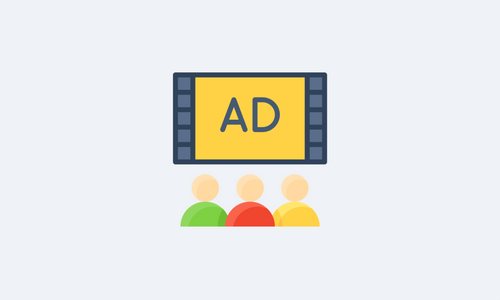Auditing Publisher's Business and Partner Network
An unscheduled internal audit is worth conducting when the media platform, company strategy, or market itself undergoes changes. In other words, now it is about time. An audit will allow the publisher to identify weak points in business processes, unearth root causes for an issue, and determine ways to resolve it. And even revamp the business, if the former course is no longer viable.
Management can conduct an audit on its own, but as a rule, an outside expert view is preferable in such matters:
- The company team is not distracted from their duties by organising the audit and analysing collected information.
- It is easier for an independent party to remain objective in their assessments.
However, the success of the operation is built not only on analysis excellence but also on implementing new approaches. One should be ready to adjust part of the tactics on the fly. Therefore, a good auditor does not drop off a list of recommendations and leave the company but accompanies the team till it achieves positive results.
Audit’s primary goal is to improve business performance. This objective may require new technical equipment, personnel changes, company policy update, revision of standards, etc. Still, the results are always increased productivity and decreased costs, which ultimately entails revenue growth.
Partnerships need no less attention than internal work processes, but this task is rather a company’s solo one.
Publishers with an advertising monetisation model usually manage multiple partnerships at once. By selling the same impression through several SSPs, the platform broadens the outreach and, for the time being, benefits from competition between buyers.
However, it is important to understand that this way, the publisher duplicates auctions with their hands, thus diluting ad revenue: they artificially overstate supply, which causes the inventory value to drop. At the same time, more intermediaries mean more fees to pay.
There are other pitfalls as well. Each advertiser brings in more differing requirements the platform must meet. What does a buyer mean by viewability? Or brand safety? How do they count views or clicks? What do they consider invalid traffic?
In addition to their view of perfect placement, each advertiser has a bunch of vendors with their standards. It’s no wonder the publisher struggles tremendously to find their way through the fragmentation woods.
Another concern regarding a bloated set of vendors is the integration. The publisher cannot give everyone access to their platform traffic without jeopardising data safety and loading speed. Therefore, each vendor must be reliable and bring real value to the publisher’s business.
The publisher can weed out no longer suitable partners. Or, on top of that, they can shield themselves from vendors with which they are dealing through joint partners:
- Some SSPs calculate the optimal bid request to impression path using traffic shaping algorithms.
- DSPs use Supply Path Optimisation to track down suspicious sellers, cut unnecessary intermediaries out of the supply chain, and direct advertisers’ bids to auctions that they have most chances to win.
- Publishers and SSPs use Demand Path Optimisation to analyse deals and buyers to attract the best advertisers through the best ad exchanges.
The benefits of a partnership must exceed its costs. If it does not ring true about one of the vendors, this partnership should either be revised or terminated altogether. That way, the publisher will cut the costs of knowingly unprofitable contracts.
This concludes our series on the most common publisher’s pressure points.
Online advertising is one of the most complex human-made systems, with a gazillion things to tweak around, which is a task more often excruciating than fun. But it all would be pointless without content. So we hope at least some of our advice could help save publishers time and energy to create.



